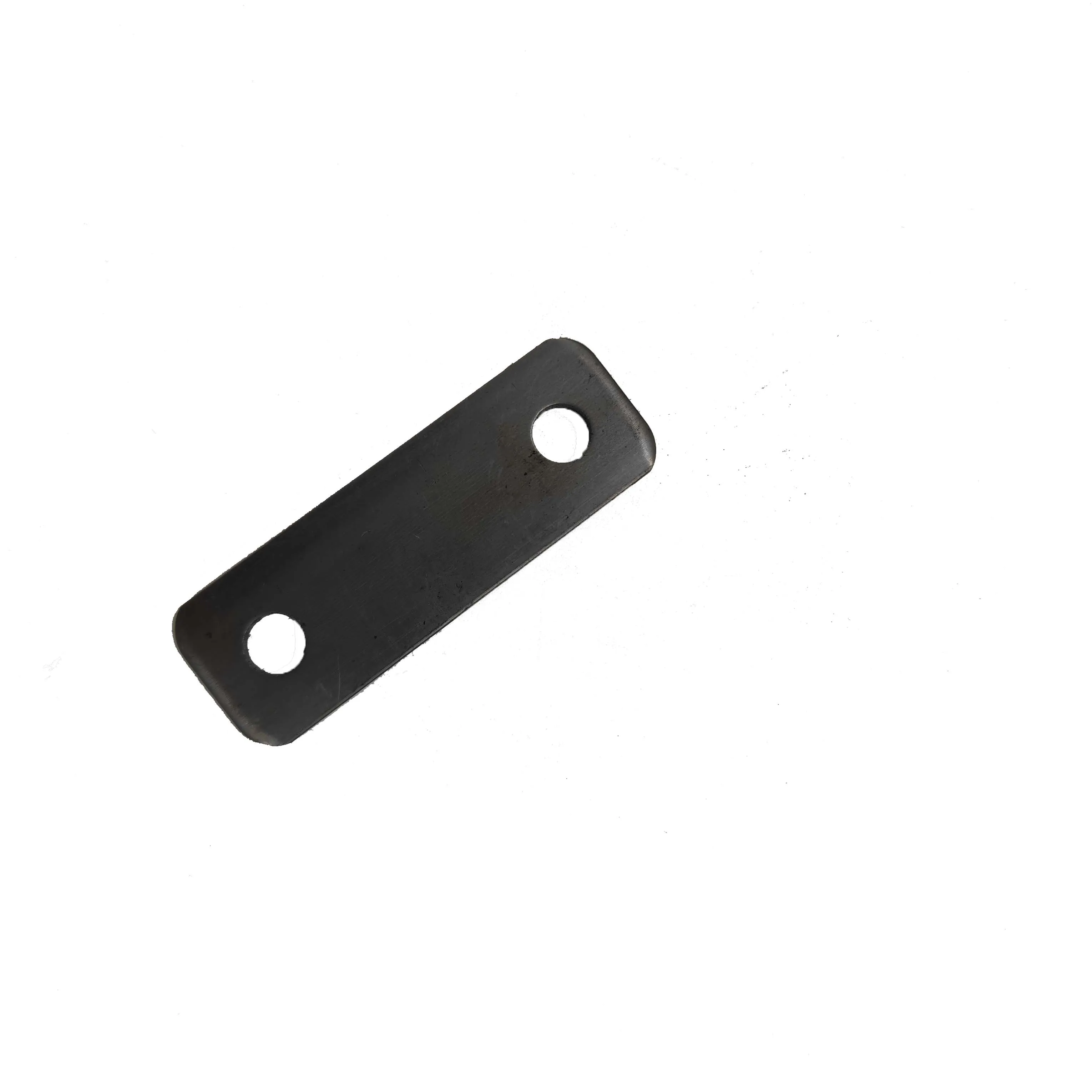Maximizing Customization and Efficiency in Furniture Hardware Accessories Through Metal Stamping Design
2024-11-15
The process of designing metal stamping parts for furniture hardware accessories is a crucial element in achieving both cost efficiency and customization flexibility. Metal stamping is known for its ability to produce parts quickly and precisely, but the design of those parts can make or break the manufacturing process. In this blog, we’ll explore how the design of metal stamping parts directly impacts customization options, lead time, and cost-effectiveness, offering insights into how manufacturers can optimize these factors to produce superior furniture hardware accessories.
1. The Impact of Metal Stamping Part Design on Cost-Effectiveness
Cost efficiency is a top priority in any manufacturing process, and metal stamping is an attractive choice due to its ability to produce large quantities of parts at a relatively low cost. However, the design of metal stamping parts plays a key role in determining whether production is as cost-effective as possible.
- Tooling Design: The complexity of the design affects the tooling required to produce the part. Simple designs that require fewer punches, cuts, or bends are generally cheaper to produce. On the other hand, intricate designs that require multiple dies or specialized tools can drive up costs. Manufacturers must strike a balance between the complexity of the design and the cost of producing it. The use of progressive dies—which allows for multiple operations to be performed in one tool—can reduce both tooling costs and labor time, enhancing cost-effectiveness.
- Material Efficiency: A design that minimizes material waste helps manufacturers save on raw materials. Nesting the design effectively on the sheet metal can optimize space and reduce scrap, lowering the overall cost of each part. Parts that are designed with consistent thickness and minimal undercuts or unnecessary features reduce waste, which is especially important for expensive materials like stainless steel or brass.
- Production Volume: Once the tooling is set up, metal stamping can produce parts at high speed. The design of the part influences how easily it can be produced in large volumes. Simple, repeatable designs lend themselves to mass production, where the cost per part drops significantly with higher quantities. More complex designs may have higher initial costs but can be justified if they result in better performance or aesthetics for the furniture hardware accessory.
Efficient design practices can help manufacturers minimize production costs while maintaining quality and functionality in their furniture hardware accessories.
2. How Design Affects Lead Time and Production Speed
Lead time is one of the most critical factors in any manufacturing process, especially in industries where quick turnaround times are necessary to meet customer demand. The design of metal stamping parts has a direct impact on the lead time required to complete production.
- Die Setup Time: The design of the part affects how long it will take to set up the stamping die. Simple designs that require fewer operations reduce setup time, whereas intricate designs may require more detailed or specialized dies, increasing the setup duration. Reducing the number of operations or simplifying the die design can help minimize lead time.
- Design for Efficiency: A well-thought-out design can streamline the entire manufacturing process. For example, parts that can be produced in a single stamping process reduce the need for secondary operations, which can add time to production. Complex designs that require multiple stages or intricate assembly steps may increase lead time, so designing parts for efficiency is key to shortening the overall production cycle.
- Batch Sizes and Tooling Optimization: By designing parts that fit within standard die sizes and work with multi-part dies, manufacturers can produce larger batches with faster cycle times. This leads to quicker production and lower unit costs for each part, resulting in faster delivery times and more efficient lead times.
3. Maximizing Customization Options Through Design Flexibility
Customization is increasingly important in the furniture hardware industry, where designers and customers often require tailored solutions. Metal stamping allows for a significant amount of customization in furniture hardware accessories, but the design of the part plays a crucial role in how easily it can be adapted.
- Modular Design: One of the most powerful ways to increase customization options is by designing modular parts that can be easily adjusted to meet different specifications. For instance, a modular metal stamping part could be designed with interchangeable components or multiple size options, making it easier to adapt the product to a wide range of requirements without needing to redesign the entire part.
- Tooling Adaptability: A design that accommodates changes in die configuration can make it easier for manufacturers to create customized versions of a part without extensive retooling. This flexibility allows for the production of smaller runs of customized parts, helping to meet specific customer demands while keeping production costs manageable.
- Quick Design Changes: Advances in CAD modeling and simulation software allow manufacturers to quickly iterate on design changes, making it easier to offer customized furniture hardware accessories. By designing with adjustable parameters (such as size, shape, or hole placement), manufacturers can quickly produce tailored designs with minimal adjustments to the tooling, reducing the cost and time required for custom runs.
The design of metal stamping parts plays a crucial role in determining the cost-effectiveness, lead time, and customization capabilities of manufacturers producing furniture hardware accessories. By considering material efficiency, tool design, production volume, and customization needs, manufacturers can optimize their processes to deliver high-quality products that meet customer expectations while minimizing production costs and lead times. As the demand for customized furniture accessories grows, the ability to design flexible, efficient, and cost-effective metal stamping parts will continue to be a key factor in staying competitive in the market.



